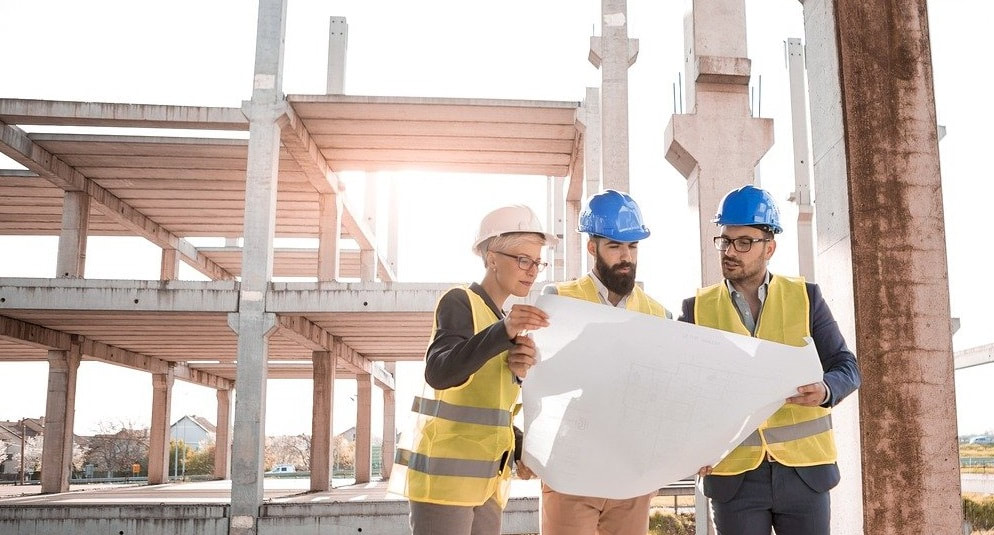|
The building design is not just about the aesthetics of a building. The structure must be able to support itself and resist loads that are put on it. Many people do not know the difference between live, dead, and permanent loads. This article will break down what each load is to understand how to build your next project. Different types of loading design considerations There are different types of loading design considerations that a building or structure must take into account. Wind Loading Buildings and structures must be designed with wind load in mind, which is the force created by air on an object due to motion. The faster objects move through the air, the greater their influence becomes on them. Buildings also have to consider the force created by the wind on smaller objects such as trees and other plants. Earth Loading The weight of soil above a certain depth or layer is known as earth loading, and it must be considered when designing buildings and structures. The deeper an object penetrates through layers of soil, the greater its influence becomes on it. Snow loading Snow loads have to be considered while designing buildings and structures, which is the weight of snow that lands on a thing. The more precipitation that falls onto it, the greater its influence becomes on it. Seismic Loading Buildings and structures must be designed to withstand seismic activity, which are the forces generated by earthquakes. In addition, buildings and structures must be built to withstand shaking, which are vibrations on the large scale caused by earthquakes that may cause buildings and other items to weaken or break. Rain Loading Buildings and structures must be built with rain loading in mind, which is the precipitation that falls on an object due to rain. The more rain falls onto it, the greater its influence becomes on it. Bulk Loading Buildings and constructions must be planned with bulk loading in mind, the density of an item multiplied by the weight. The greater the object's weight is, the more pressure there will be on its foundation or support system. Relative Humidity The amount of water vapour in the air must be considered when designing buildings and structures. The more humid it becomes outside, the greater its influence on buildings and structures will be. The relative humidity is the ratio of vapour pressure to the saturation pressure at a certain temperature. The greater this value, the more water molecules are in the air. Therefore, it is important to consider thermal comfort, which can be achieved by maintaining a relative humidity of 40-60%. Conclusion Designing a building is no easy task, but it can be made easier by considering the different loads that act on the structure. A good engineer should consider all types of loads, even those that are difficult to predict. Therefore, is important for the engineer designing a building or structure to be aware of all of the different loads that may act on it. If you are looking for a professional structural engineer to ensure that you building can withstand all elements, give us a call today on 01277 554 147 or complete the form on our contact page.
0 Comments
Leave a Reply. |

